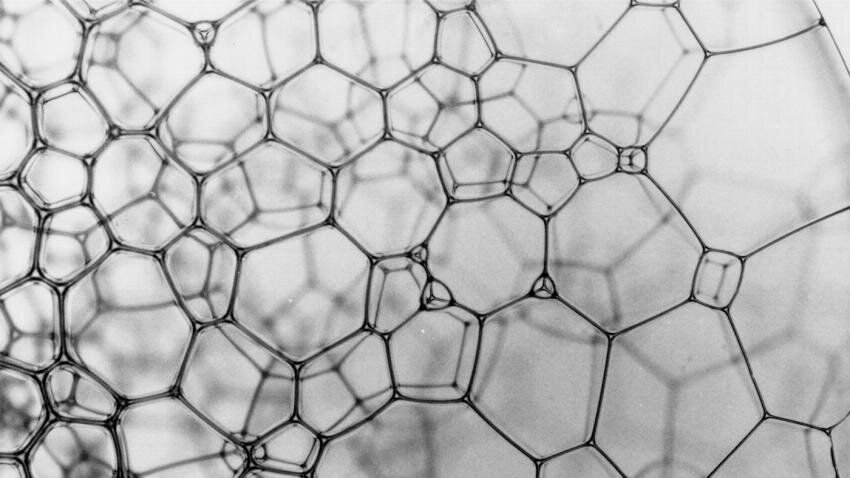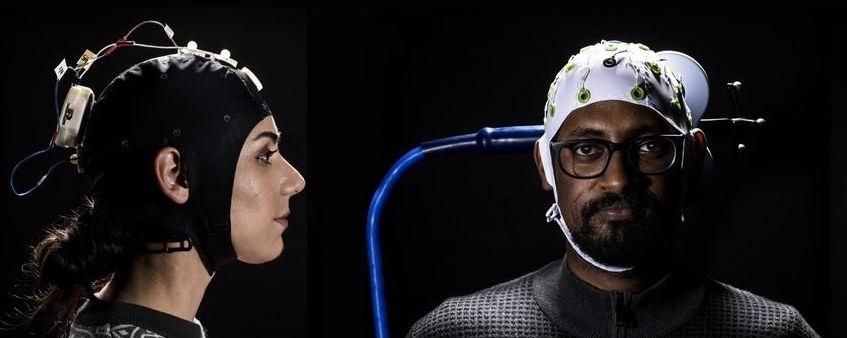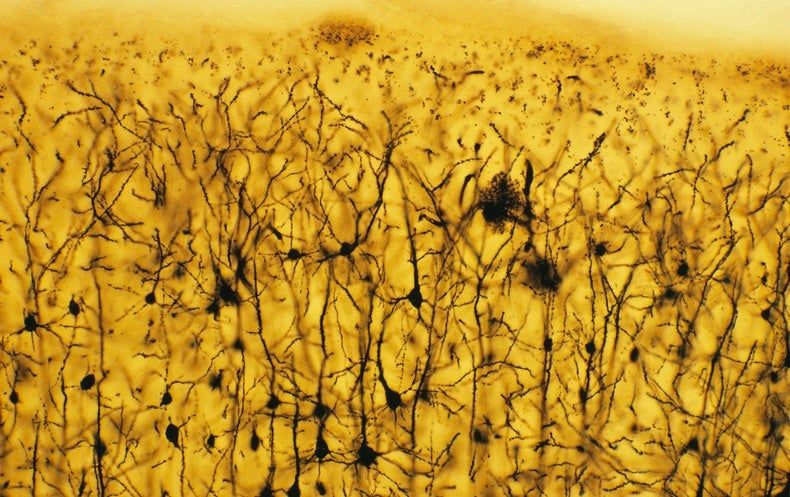Montgomery worked closely with the Apollo astronauts to train them to use handheld tools and equipment on the moon.
How do the communities of microbes living in our gastrointestinal systems affect our health? Carnegie’s Will Ludington was part of a team that helped answer this question.
For nearly a century, evolutionary biologists have probed how genes encode an individual’s chances for success—or fitness—in a specific environment.
In order to reveal a potential evolutionary trajectory biologists measure the interactions between genes to see which combinations are most fit. An organism that is evolving should take the most fit path. This concept is called a fitness landscape, and various mathematical techniques have been developed to describe it.
For a personal sense of wellness, we may still be better off thinking of aging as an inevitable process with certain positive aspects—like additional wisdom accumulated through experience—rather than a sickness we hope to eradicate. If the many startups working on extended youth and anti-aging endeavors actually manage to create a magic potion that keeps us forever young, then someday we may get the chance to think about what, if anything, humanity loses when it finally finds the fountain of youth.
Aging has come to be seen as a disease we should be preventing.
Humans have generated nearly 10 billion tons of plastic in the last 70 years (via NowThis)
‘We essentially “trick’” the neurons in the back of the brain to spread around the message that they have received signals from the eyes,’ one researcher explains.
Nanosized robots capable of crawling around on a person’s brain or underneath the skin may sound like a nightmare to some, but researchers suggest the mini machines could serve medical purposes such as gathering data on the brain or the spinal column.
Researchers at the University of Pennsylvania and Cornell University recently announced they have built nanosized, solar-powered robots made from silicon. One million such robots can fit on a 4-inch silicon wafer. “These robots are built massively in parallel, so I don’t build just one robot, I build a million robots, which is awesome,” declares Marc Miskin, an assistant professor of electrical and systems engineering at the University of Pennsylvania.
The microscopic machines can carry up to 30 times their own weight, travel at about the speed of biological cells, survive temperatures up to 400 degrees, live unscathed in battery acid or other harsh chemicals, and can be injected with a hypodermic needle.
Decoding the Language of Neurons
Posted in neuroscience
A new study reveals surprising variations in the neural code.
- By Ryan Dalton on July 2, 2019









